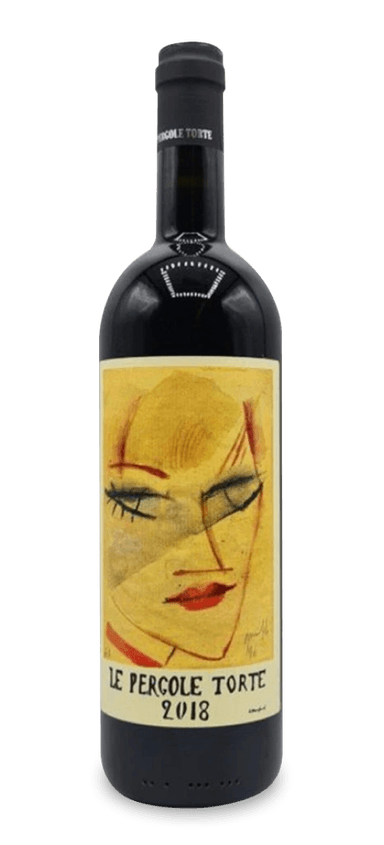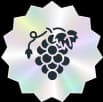- Home/
- Wine Directory/
- Italy/
- Tuscany/
- 2018 Montevertine, Le Pergole Torte, Toscana
Market Data
| Date | Price | Quanity | Platform |
|---|
No Recent Sales Data
The estimated market price factors in data from multiple sources; however, the transaction history shown here reflects sales completed on the Vinovest platform only. Additional transaction data from other marketplaces will be available in future updates.
Where is my wine stored?
Rest easy knowing your wine is in expert hands. We take care of all the storage and handling details for you. Plus, you're always welcome to come by and check out your wine in person.



- Secure Storage
- 100% Insurance
- Legal Protection
Conditions Standards & Authentication
Condition Standards
- All bottles are inspected for label and cork condition
- Fill levels are verified and documented
- Stored in temperature and humidity controlled facilities
- Original packaging preserved when available
- Professional handling and transport protocols
- Condition notes provided for each lot
Authentication Process
- Source Verification
All assets traced to verified sources
- Expert Authentication
Professional assessment and verification
- Secure Storage
Professional facility with full insurance
- Platform Listing
Available for verified investment
About This Wine
Sergio Manetti acquired Montevertine in 1967. Four years later, he released his first vintage. And while other wineries developed blends that would become Super Tuscans, Manetti remained loyal to the sangiovese grape. The reliance on Italy's prized grape and artisan techniques has made Montevertine one of the rare beacons of true Chianti Classico. The 2018 Montevertine Le Pergole Torte offers a complete expression of sangiovese. The shapely body holds ripe red fruits, crushed rose petals, licorice, incense, violets, and baking spice. Tangy acids emerge on the mid-palate, while glossy tannins pervade the tightly wound structure, both hallmarks of the estate. Investors can safely hold 2018 Le Pergole Torte for more than two decades as it unwinds with time in the cellar. The Final Sip: Montevertine's reverence for tradition makes Le Pergole Torte an archetypal example of Chianti Classico.


